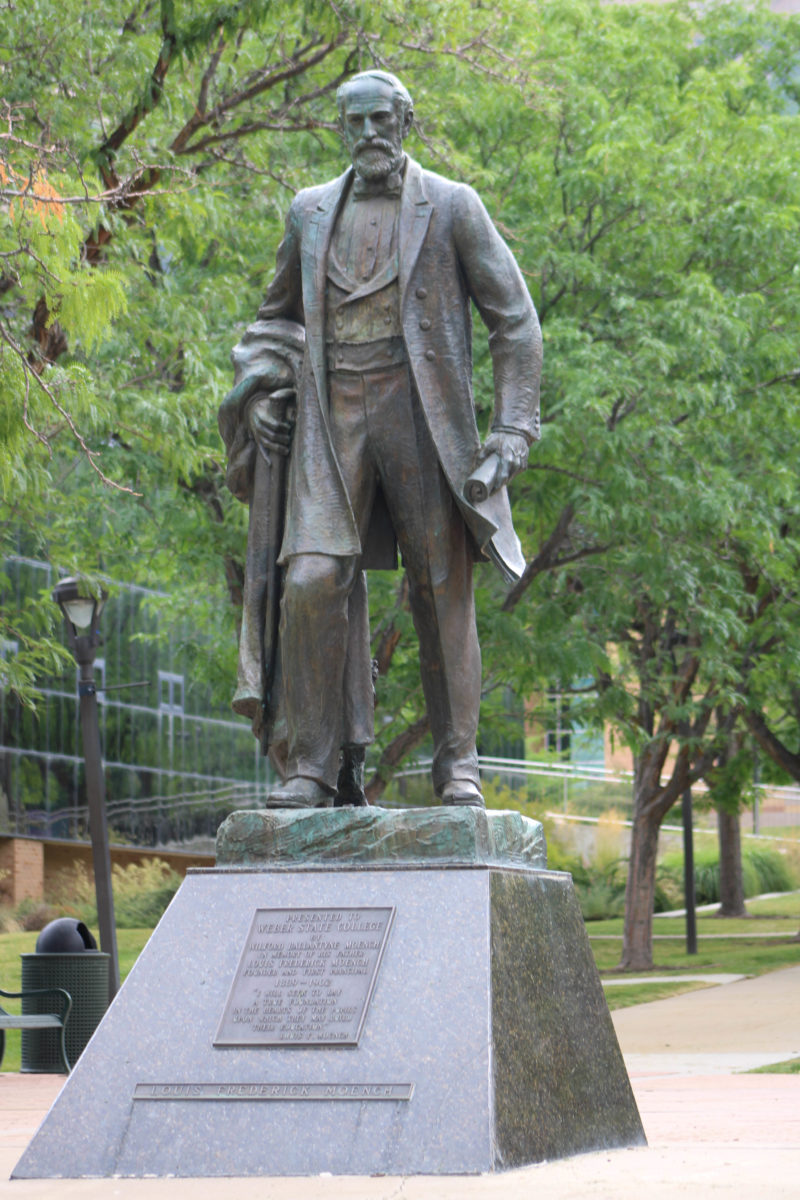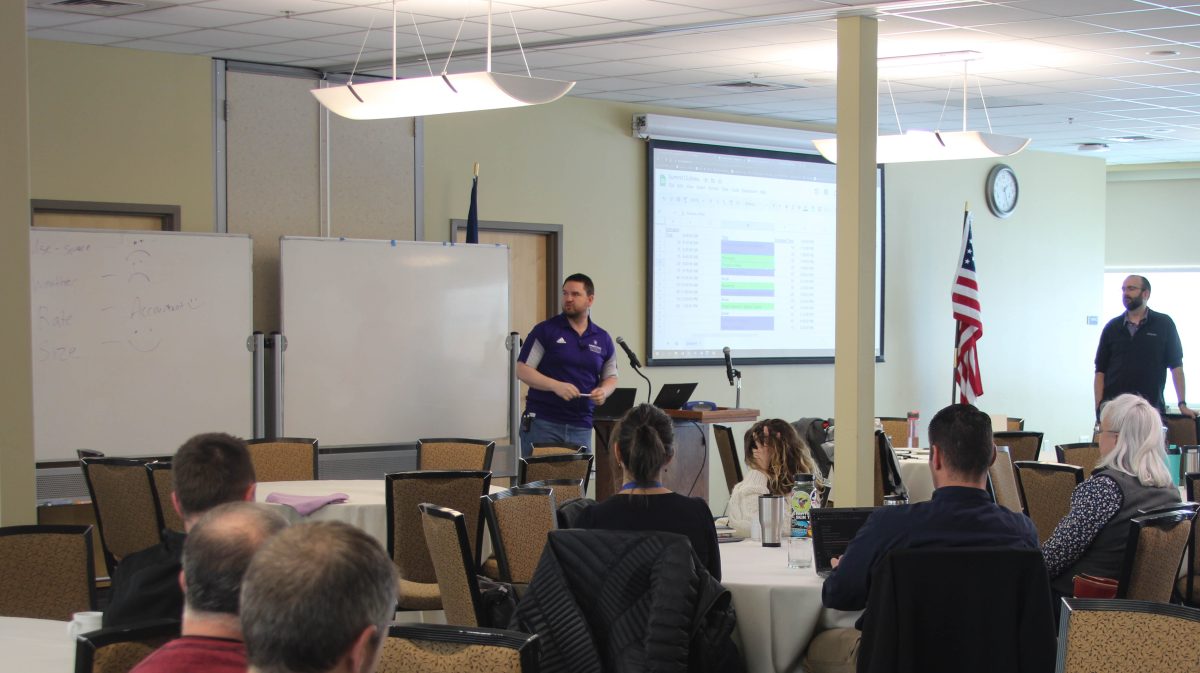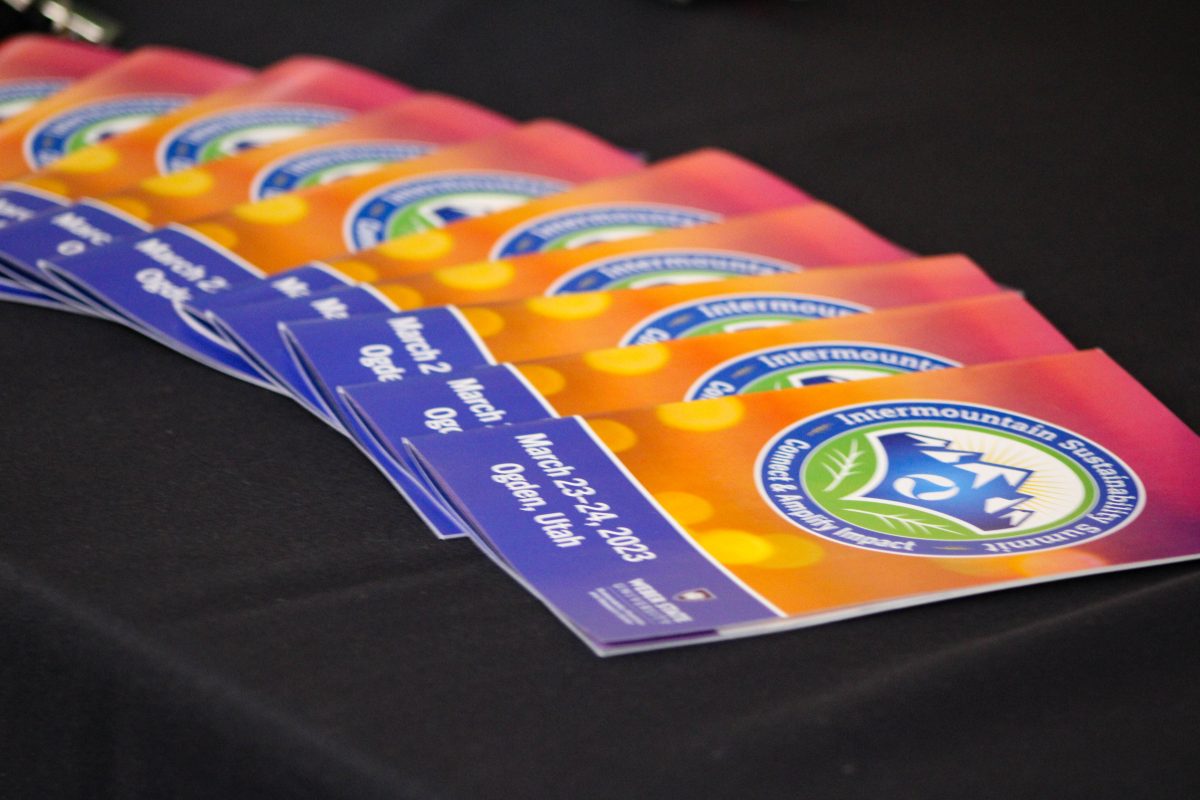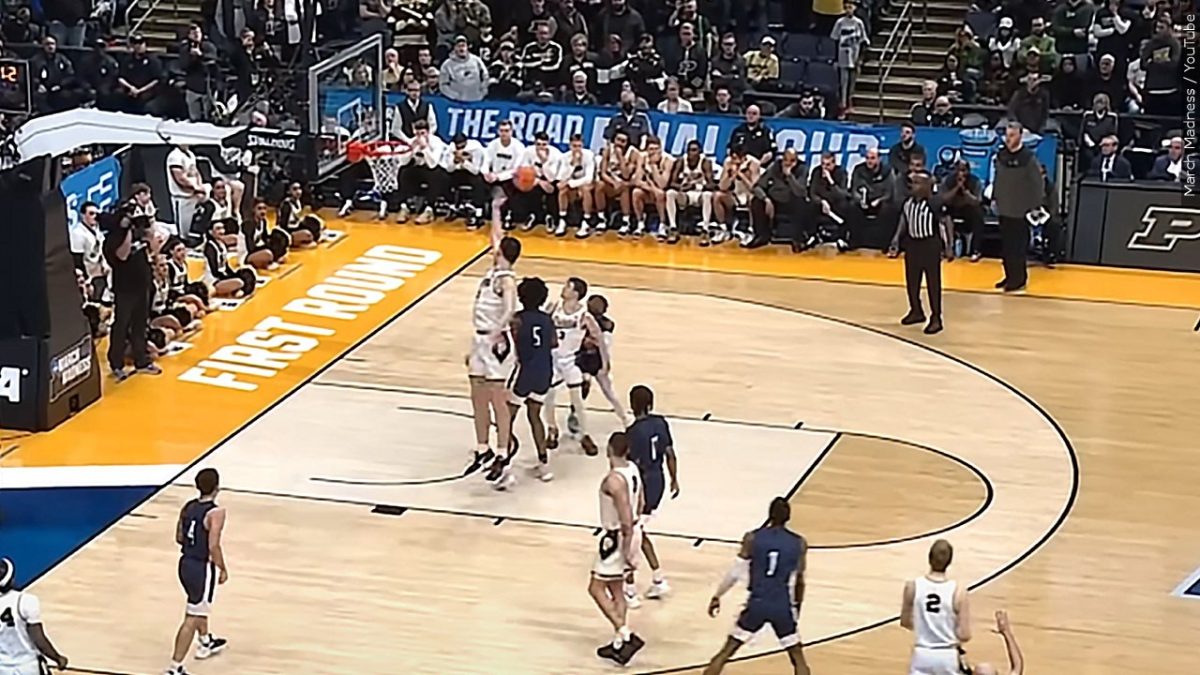I really like holidays. Well, all of them but Halloween. Sorry, folks, no adapted ghastly poems about a Chevy here. Not today, at least.
I can already hear the cries. “But today is Halloween,” they’ll say. To rephrase a now-defunct character in the former hit Glee, Sue Sylvester states that Halloween is a holiday in which parents encourage their little boys to dress up like little girls and their little girls to dress up like ladies of the night. I kind of agree and give props to those individuals who craft original costumes. You will go far in life.
Another way to go far in life, you ask? You and I may not harbor the talents to design costumes reminiscent of Tron or Pirates of the Caribbean or even Tim Burton’s epic The Nightmare Before Christmas. There is, however, another way to succeed in life, another path you can pave. And this magical journey all begins with your wallet.
College is, for the majority of students, the first chance to make financial decisions on our own. Often, these decisions can have lifelong impacts and can serve as a foundation for future financial-related decisions. In other words, NOW is the best time to develop the right skills for a financially secure future.
Most high school students have a little spending money, either from a part-time job or an allowance. This can present a problem, since few students are faced with “real-life” living expenses. As such, high school students can easily start their way down a rocky path of developing spending habits that become unrealistic when they must support themselves. Once down that high-spending path, it can be an arduous, even strenuous task to demonstrate self-restraint.
A recent nationwide survey discovered that the majority of college students possess three credit cards with an average balance of $1,000. Many students reported that they did not feel like they were spending “real money” when using credit cards. Furthermore, many feel that as long as they are meeting minimum payment requirements, they are in good shape. However, let’s consider the following situation:
An incoming freshman college student goes on a shopping spree and decides to make the purchases on the handy-dandy credit card . . . after all, you have got to look good for those girls (or boys)! At an interest rate of 18 percent and paying monthly minimum payments of $20, this student will incur an additional $860 of debt — solely from interest. What’s more, this particular student will finish his bachelor’s and master’s degree before paying off this acquired debt. Of course, minimum payments will only become more expensive if he continues to use that piece of plastic.
If you’re a student and choose to have a credit card, try to get one with a lower spending cap and use it only for emergencies. Issues of health or provisions — amongst other basic needs — need to be met and are of extreme importance. Credit cards, if managed properly, can be of great benefit when trying to attain exceptional credit scores. So, the bottom line: If you get a credit card, be financially sharp!
If you fall under the category of having a financially burdensome habit (girls, 4-5 pairs of shoes are all you need! Boys, one or two burritos will suffice for dinner — not a dozen), seek the necessary help. If you feel your parents can help you, call them. Take some financial literacy courses here at Weber. If all else fails, make an appointment with a counselor at your college or university.
Only good can come from finding a way to remove those habits that drain your wallet.














